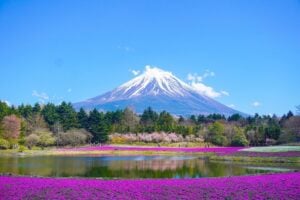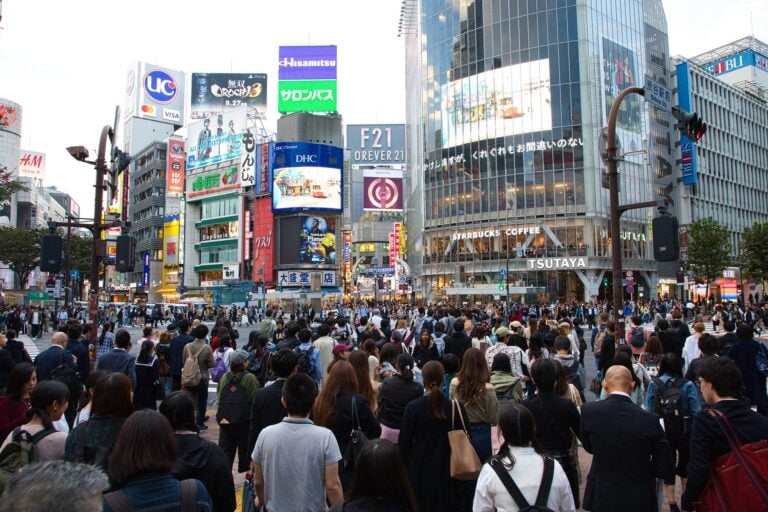
The word ‘overtourism’ was something that was starting to appear a lot in the Japanese media just before the global COVID-19 pandemic began in 2019. Then, with heavy tourism restrictions in place in Japan for a number of years, all of the talk about it understandably went away.
With Japan open again to international tourism as of 2023, overtourism has once again become a major talking point. In response, the government has introduced a number of measures and municipalities throughout Japan have initiated various programs to try and reduce the problems caused by overtourism. But is overtourism really an issue in Japan?
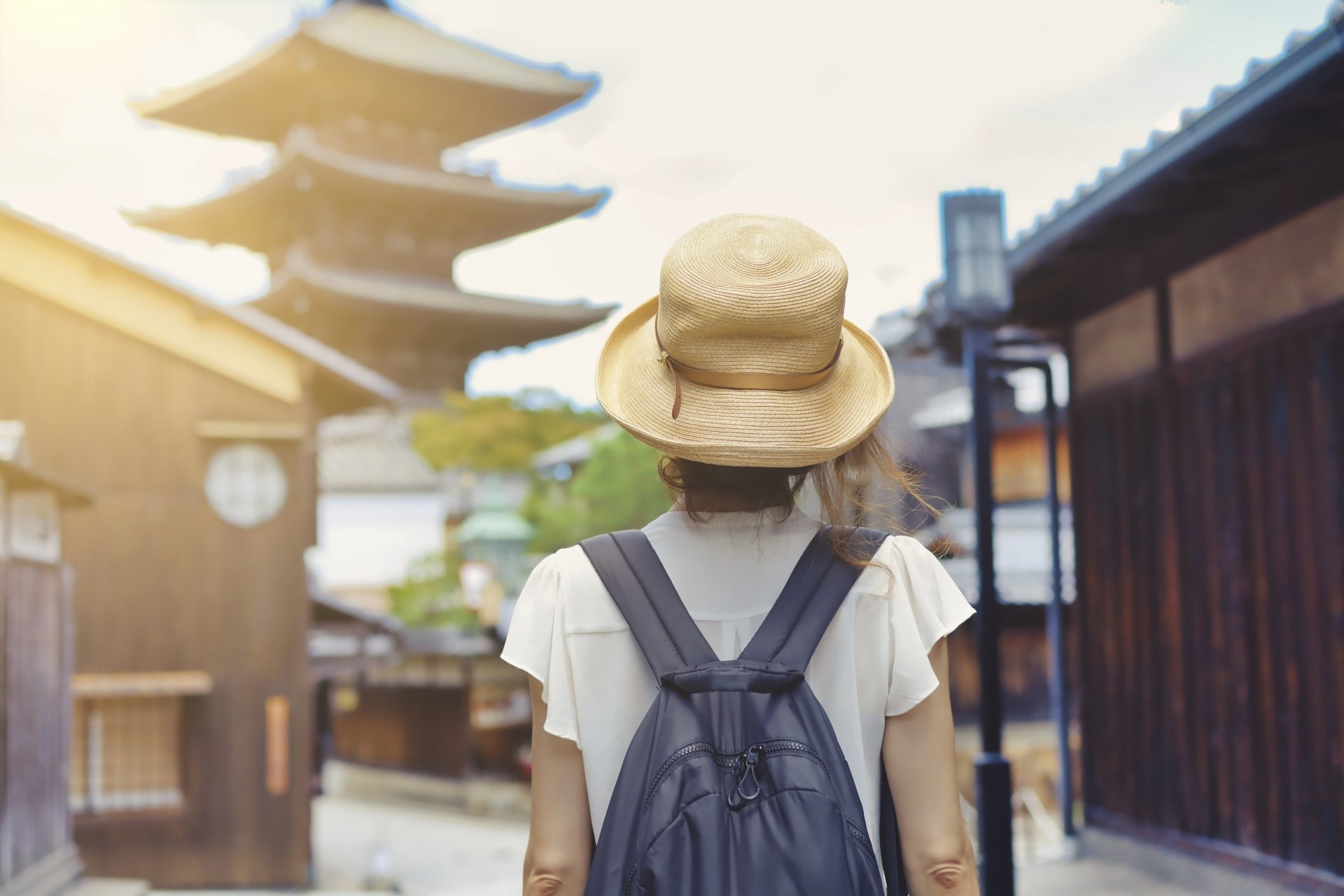
Tourism in Japan
There is a perception sometimes that tourism is a major factor in Japan’s economy, however prior to the pandemic, tourism accounted for roughly only 2% of Japan’s GDP, with international tourism making up only a very small percentage of that figure. Japan’s tourism industry has traditionally relied on domestic tourism rather than international tourism with domestic travellers making up a much larger percentage of tourists than international visitors. While travelling overseas remains popular, many Japanese prefer to travel within Japan for various reasons.
Over the last few decades, Japan has made a big push to bring in more international visitors. They have been very successful with this and the sector has grown enormously in the past decade with international arrivals growing steadily every year. The country is currently aiming to bring in 60 million foreign visitors a year by 2030. There is no denying that the number of international visitors to Japan has massively increased over what it was even just ten years ago. The issue seems to be that the areas of Japan that draw a lot of tourism also happen to be struggling with the crowds of people that they bring in.
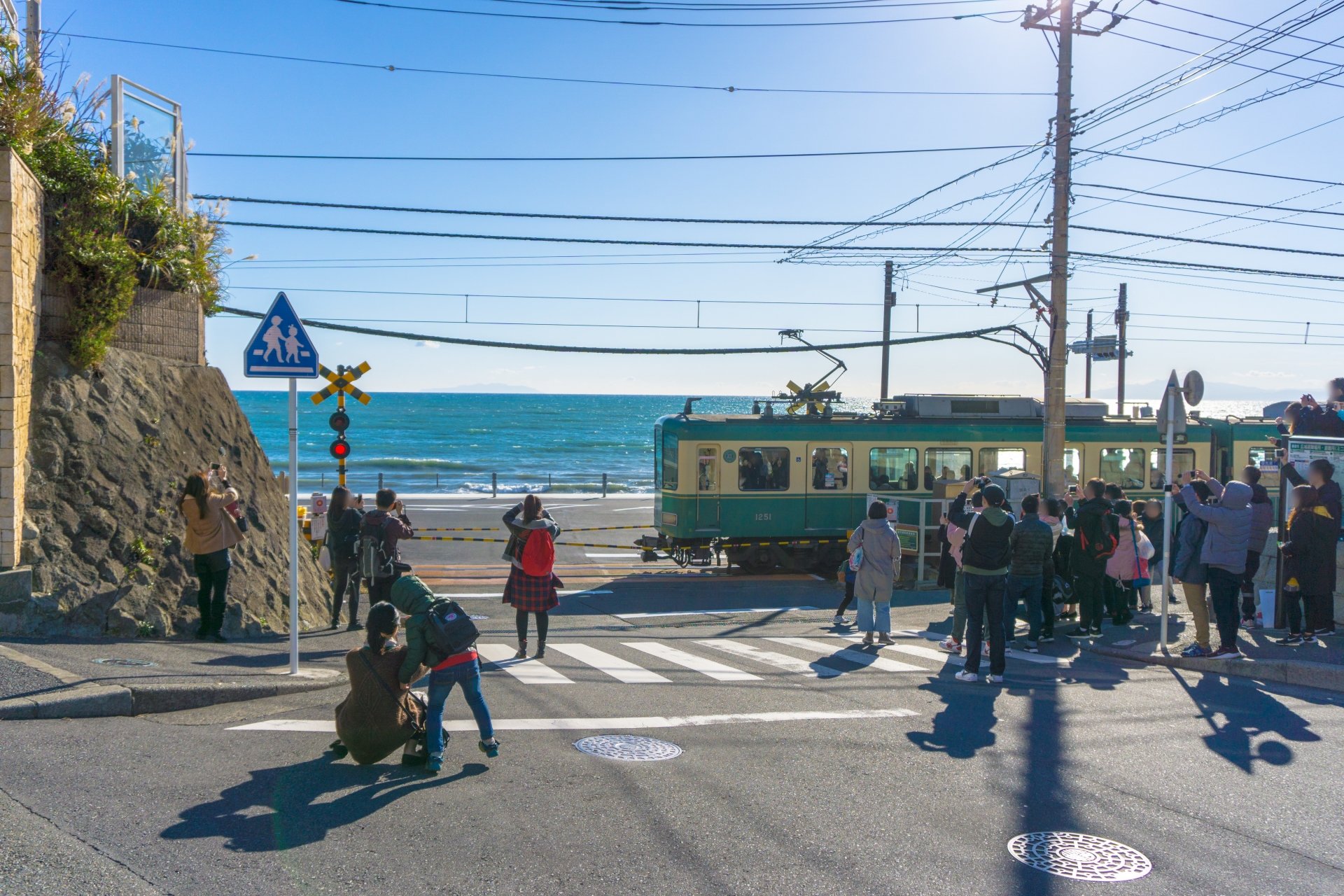
Problems and initiatives
It’s inarguable that tourism provides many benefits to an economy but when it reaches the level of what could be called ‘overtourism’, it can cause issues for the local population. This can include things like overcrowding, price increases, littering and property damage. When the international borders reopened in Japan in 2023, even though the nation at large was happy to welcome travellers back, the media quickly became flooded with stories of foreign tourists causing problems, crowding popular sites and making life otherwise difficult for the local population. In one case, a train station in Kamakura related to the popular anime Slam Dunk was constantly swarmed with tourists taking photos causing traffic delays. Things like this continue to be an ongoing problem.
Concerned about the impact on the daily lives of Japanese citizens, the government has been rolling out a series of initiatives to better cope with the influx of tourists. This has included things such as working on increasing bus and taxi services, allowing companies to set different fares during peak times and improving infrastructure. The government has also set up consultation centres for local communities. Another large initiative is trying to draw tourists away from the three major cities that tourists seem to stick to (Tokyo, Kyoto and Osaka) to more regional areas.
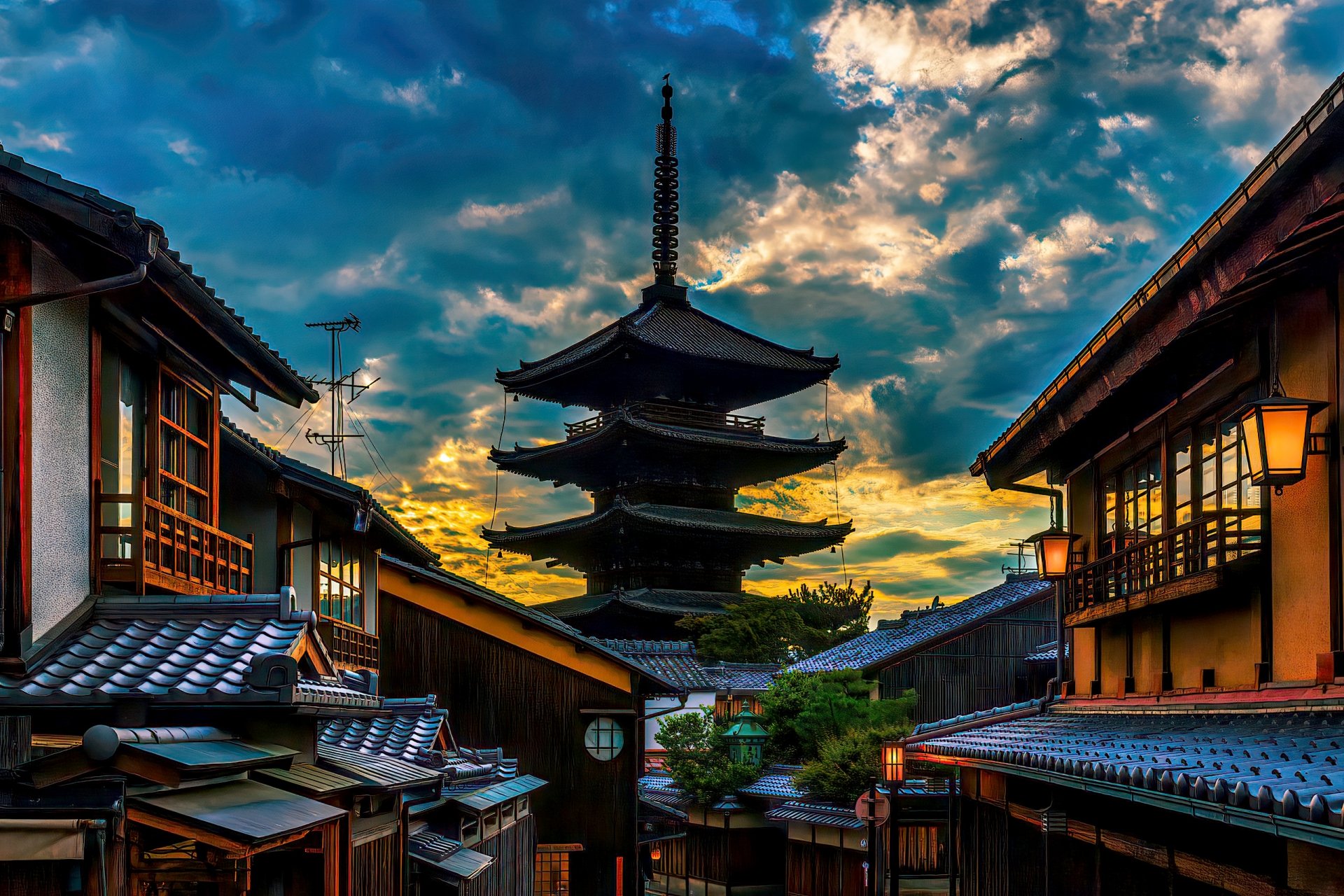
The Kyoto Problem
Whenever the subject of overtourism in Japan comes up, the talk invariably turns to Kyoto city. Kyoto is an interesting case because unlike so many areas of Japan, tourism plays a large part in its economy and the city is constantly in a position of balancing its tourism industry and the constant influx of visitors with the needs of its local residents. The number of tourists is so prevalent that anyone visiting the city would be forgiven for getting a false impression of Japan’s tourism industry and the number of visitors.
With its collection of untouched historical sites and temples, Kyoto is considered a must-see for visitors to Japan and an automatic inclusion in most itineraries for travellers. It is definitely a place that a visitor to Japan should see at least once and it draws in crowds like nowhere else in the country. As such, it has been reported that one in five workers in Kyoto city work in a tourism related job and that the city was hit particularly hard financially during the pandemic years. The problem is that while Kyoto is a massive draw for tourists, the city’s size and historical nature means that it can be a struggle for it to cope with the crowds that it brings in. Locals are often frustrated with tourists packed into local buses and stores and otherwise getting in the way of daily life.
Cultural differences and manners also cause problems or just plain annoyances for locals. Tourists sometimes think that behaviour that might be acceptable in their home countries is perfectly acceptable in Japan. Things such as having loud phone conversations on public transport or eating and drinking while walking or browsing shops are frowned upon. There have been reports of littering and even damage to important historical sites and multiple occasions of tourists harassing geisha for photos as they travel through Kyoto’s historical Gion district. And yet, for all the local frustration, the city gains a lot of benefits from its position as a tourist draw. One thing to also note is that while international tourists unfairly shoulder most of the blame for Kyoto’s problems, it is also a major draw for domestic tourists. Towards the end of the pandemic, before the borders reopened, Kyoto was starting to once more draw massive domestic crowds to its famous tourists spots on weekends and public holidays which caused the same old problems of overcrowding and littering. The city still managed to draw in millions of domestic tourists in 2022 despite international borders being closed and COVID restrictions being in place.
With tourism once again surging in Kyoto, the city is trying to embrace its role, continuing to welcome visitors as much as it ever has but also introducing a number of initiatives to reduce crowding. This includes incentives to draw people away from its overcrowded city bus system to other forms of transport and introducing real time crowd monitoring at its more popular sites like Arashiyama bamboo forest and Kiyomizudera. The city has also introduced signs in multiple languages to explain rules and manners. The initiatives are promising but while tourism in the city continues growing it remains to be seen how local inhabitants will continue to cope.
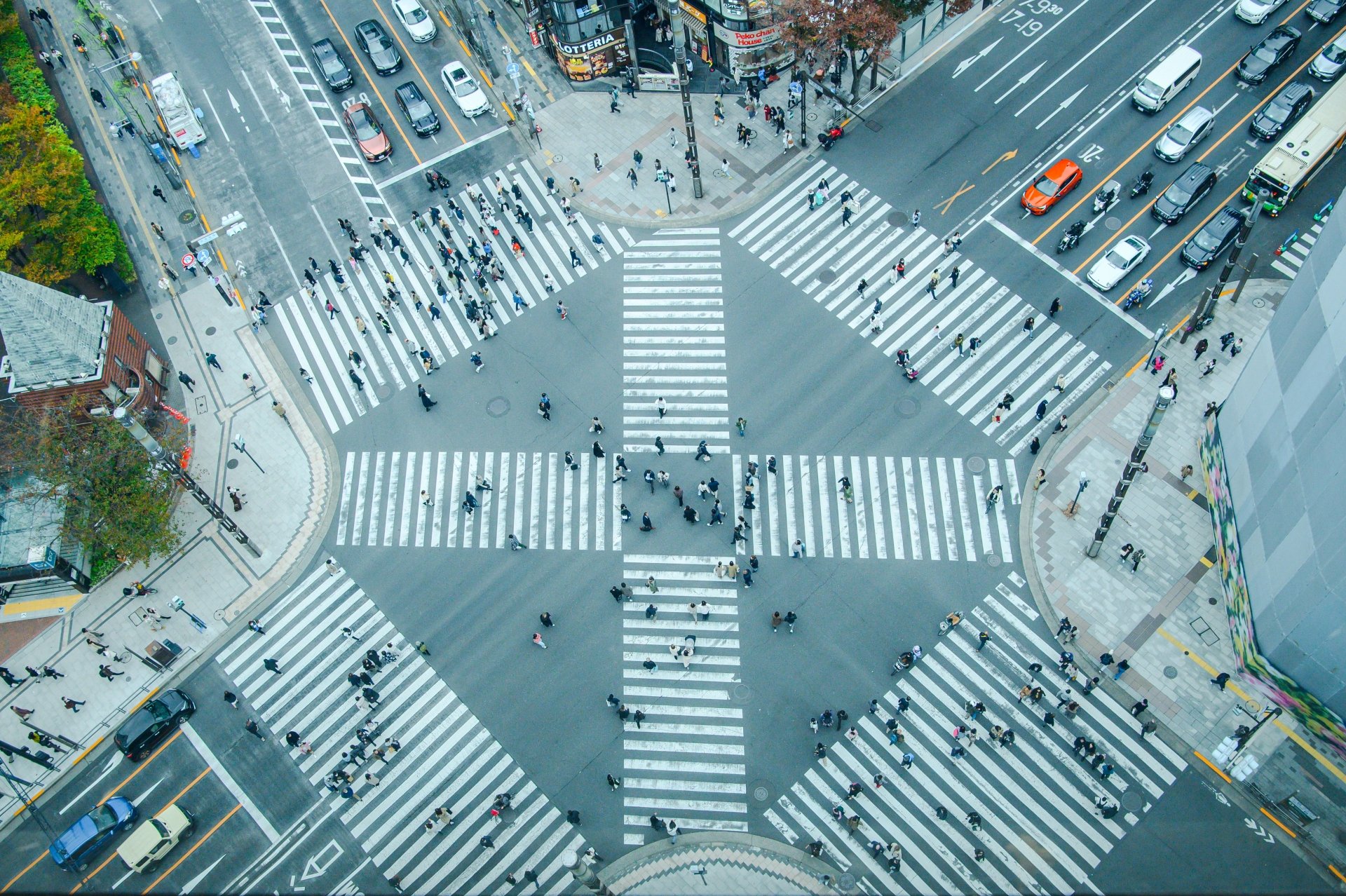
The Future
Returning to our original question, is overtourism really a problem in Japan? The short answer is not yet. But the more complicated answer is that it really depends where in Japan. The main issue, and one that the government is well aware of, is that the large majority of foreign tourists in Japan stick to the cities of Tokyo, Osaka and Kyoto which leads to times when popular sightseeing spots in these cities can be overwhelmed. Initiatives to draw tourists to more regional areas are an excellent idea as prefectures can differ significantly from one another and offer endless things to discover. Regional areas can also benefit economically from the money that international tourists bring in so anything that would draw people off the beaten track is a great idea. As for tourists themselves, they can also help improve the impression locals have of them by following Japanese cultural norms and rules.
Japan has always been a very welcoming country to foreign visitors and it very much remains so with kind people and excellent hospitality. Its tourism industry will continue to grow as the country aims to increase its international visitor numbers and it will undoubtedly find ways to cope with increasing demand. Japan’s culture of hospitality will continue to impress everyone who comes to visit far into the future.






